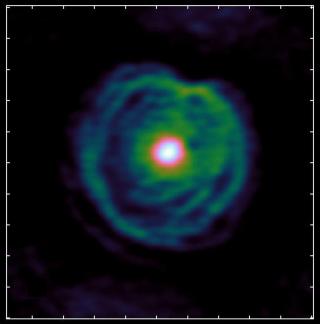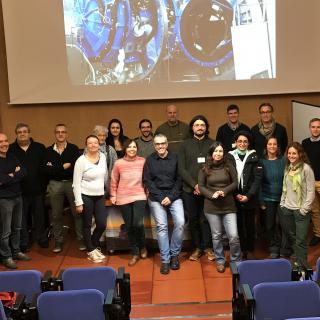
Durante su última visita al Instituto de Astrofísica de Canarias (IAC) hablamos con Macarena García Marín, una de las tres antiguas estudiantes de la Universidad de La Laguna que forman parte del equipo científico y de operaciones para el Telescopio Espacial James Webb (JWST), de la Agencia Espacial Europea (ESA). El pasado mes de marzo impartió una conferencia sobre el desafío que supondrá desplegar esta gran infraestructura en el Espacio. "Aunque el IAC no esté directamente involucrado en el James Webb, hay tres mujeres españolas que estudiamos aquí y cuyo primer contacto con la
Advertised on




